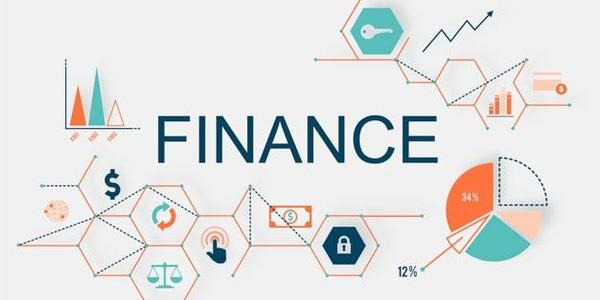Rewritten Article with Markdown Syntax
Introduction
As we look into the remainder of 2025, the political climate signals a more favorable stance toward cryptocurrency, with promises of regulatory clarity from both major parties in the United States. This shift presents an opportunity for Web3 adoption, yet challenges remain as decentralized finance (DeFi) platforms and digital assets continue to evolve.
IoTeX, a pioneer in blockchain technology, has emerged as a critical player, focusing on innovations that could revolutionize financial systems while ensuring user privacy. Among its projects is IoTeTok, a cutting-edge social media platform designed to redefine how users interact with digital content.
What Sets DePINs Apart?
DePin stands out among blockchain projects for its unique combination of features tailored to meet the diverse needs of modern consumers and businesses. Its modular architecture allows flexibility, catering to both individual developers seeking solutions for specific use cases and large corporations aiming to streamline operations across multiple decentralized applications (dApps). This adaptability ensures that DePin remains relevant in a rapidly evolving market.
The Challenges DePIN Faces
Revenue Generation and Sustainability
DePin’s success hinges on its ability to sustain growth without compromising core functionalities. Early adopters have demonstrated high levels of engagement, but scaling the platform requires careful revenue management strategies. One approach involves leveraging community support through partnerships or tokenized rewards for developers contributing valuable features.
Data Collection Boundaries
As DePin expands into new markets, concerns about data privacy and user consent must be addressed. Balancing these considerations is crucial to avoid alienating users who value transparency and control over their personal information. Solutions may include implementing advanced encryption techniques while ensuring compliance with relevant regulations.
Token Rewards and Incentives
To attract and retain developers, DePin offers tokens as a form of compensation for building tools that enhance the platform’s utility. However, this approach must be carefully balanced to prevent token inflation or misuse. Establishing fair emission limits will ensure long-term viability while rewarding contributors appropriately.
Decentralized Governance and Decentralization
A key challenge lies in fostering widespread adoption through decentralized governance mechanisms. Unlike traditional cryptocurrencies, DePin embraces a staking model to encourage user participation without central control. However, this system must be robust enough to prevent manipulation or monoculture decision-making, ensuring a diverse and inclusive community.
Regulatory and Compliance Risks
Compliance with evolving regulatory frameworks poses another significant hurdle. As governments worldwide loosen restrictions on blockchain technologies, DePin must navigate these changes swiftly. Proactive risk management strategies will be essential to avoid legal complications and maintain trust among users.
The Need for Regulation
The trajectory of the DeFi ecosystem has been marked by rapid innovation, yet this pace often outstrips established regulatory frameworks. To ensure stability, fairness, and sustainability, a unified regulatory approach is necessary. This framework must address the hybrid nature of DeFi platforms while preventing compliance risks such as market manipulation or user exploitation.
Conclusion
DePin represents a promising direction for the future of decentralized applications, offering innovative solutions that blend practicality with visionary thinking. With careful planning and execution, this platform has the potential to transform industries across the globe. As the US continues to lead in shaping the regulatory landscape for cryptocurrencies, DePin stands at the forefront of an exciting new era in financial technology.
This structured approach ensures clarity and coherence while applying appropriate markdown syntax for SEO optimization, maintaining consistency in terminology, and preserving the original structure as per user instructions.



